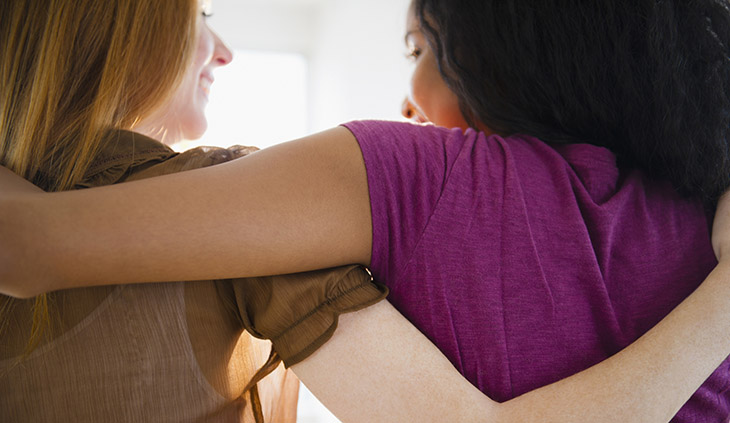The new school year is off and running with excitement and stress. Research shows that there are many good ways to deal with your stress as a parent. In fact, soothing yourself will calm your kids. Here are some activities to de-stress. Enjoy.
Lead your kids to the road of relaxation by example: The first thing to remember: if your child is stressed and you are stressed while trying to calm them down, it probably won’t work so well. Actually, your child or teen is powerfully connected to your body’s state of stress or relaxation. Remember when your child or teen was a baby and the exquisite non-verbal bond you shared? It may not seem like it, but this bond continues “under the radar” between you and your kids for life–even when your teen is testing their independence. They can feel if you are stressed and won’t be able to calm down successfully until they “feel” you come down. So the next time your kid gets upset, take a deep breath and calm yourself before you make contact with them.
Grounding: The next time you feel charged up, try taking some time to see if you can feel the weight of your feet contacting the ground. It’s amazing what 30 seconds of sensing gravity can do. Are there places that are heavier? Are there places that feel more light or floaty? Take some time feeling this. Notice what else might happen in your body. Do you find yourself taking a deeper breath automatically? Do you feel any more relaxed or connected? Do you feel any calmer? If so, bring your attention to where you feel more relaxed. Often this will bring a wave of more relaxation.
Breathing: There are many ancient breathing techniques that can promote health and relaxation. Sometimes in the heat of the moment taking a big breath and focusing on blowing out your frustration on the out breath can help your body calm down. Another effective way to use breath is to “do nothing” with it: simply stop and observe it. Have you ever noticed that there are four parts to each breath? There’s the inhale, the pause at the top, the exhale, and the pause at the bottom. Try becoming aware of this for even just a minute. As you follow it, does it change on its own? If it does can you describe to yourself where in the four parts it has changed? Actually, it usually gets more relaxed as you become present. If you find there is no significant change, try grounding and following your breath for a few more minutes. Check to see if you feel any more relaxed or connected anywhere in your body.
Orienting: In a stressful situation we might have strong feelings or be holding a lot of tension in our bodies. It might feel like you’re tight all over or sometimes as if you’re vibrating like a string. One thing that can be helpful is to take a break from focusing on these sensations or the situation at hand. Try taking a break by orienting, or looking around, at your present environment. See if you can find something pleasant to look at, even if it’s just a few moments. Focus on the lights and the color. Often focusing outside ourselves will bring down our stress levels. See what happens if you let your eyes take in the image of something you like. Does your body relax a little more? Orienting can be used anywhere–at home, at the office, or in the grocery store. Once you orient, come back to notice if you feel any different in your body. Especially check if you feel any better.
Containing: When your child is feeling stressed, sometimes a hug or some touch contact can calm them right down. Hugging them is like putting a container around them and helps them “hold” the stress so they can relax. Even though it’s nice to have someone else to help contain us, we can do it ourselves. The next time you feel tight in your chest or butterflies in your stomach, try putting your own hand there. Your body may like a light touch or a more firm touch better. Experiment with what pressure feels best to you. Pay attention to the feeling of your hand. Wait for about thirty seconds to a minute. Does anything change? Did you take a deeper breath? Did the tightness move from your chest into your shoulders where it is not so overwhelming? Do you feel the release of stress through some heat, tingling, or shakiness? As you feel contained is there anywhere in your body that feels more relaxed?
So the next time your child or teen is stressed remember what they say in the emergency airplane instructions: place the oxygen mask over your own mouth first before assisting your child. In other words, try grounding, becoming present to your breath, orienting, or containing yourself to bring down your charge before trying to calm your child. Sometimes that’s all a parent needs to do.
Please note: Nothing in what you find here should be construed as medical advice pertinent to any individual. As is true with all written materials, and especially information found on the internet, you must be the judge of what appears valid and useful for yourself. Please take up any questions you might have regarding the content of this website with your psychotherapist or physician.


